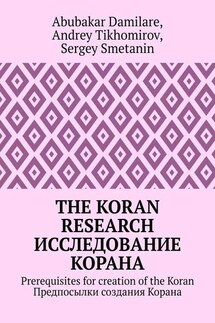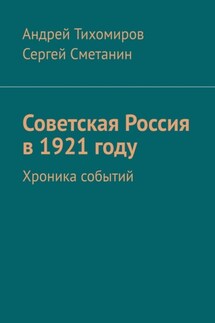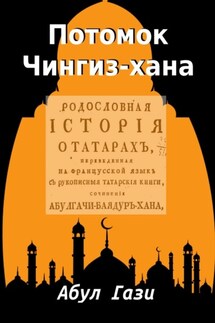The Koran research. Исследование Корана. Prerequisites for creation of the Koran. Предпосылки создания Корана - страница 5
The heritage of Muslim countries was dominated by the art of words, architecture, music, ornament, calligraphy, crafts, and miniature. The important role that mathematics played in the art of the Arab peoples was based not only on the outstanding achievements of the exact Sciences, but also stemmed from the very nature of architecture, music and ornament. In these kinds of art, the strict logic of numbers and rhythmic constructions gained a special aesthetic value.
The emergence of Islam in Arab society in the early 7th century was due to a number of socio-economic and political reasons. Earthly origin of the Muslim religion, socio-economic and ideological roots of the formation of Islam is not a product of a coincidence, one way or another leaves room for a «miracle», but as a natural result of the development of social relations in a certain period of the history of the Arab peoples.
On the Arabian Peninsula, inhabited mainly by nomadic pastoral tribes of Bedouin Arabs, there were important changes in that time. Relations based on property inequality and class privileges began to prevail over tribal or Patriarchal-communal relations and ties due to the decomposition of the old way of life. In the cities, this process was outlined earlier and was more intense.
For example, in Mecca, which grew up at the transshipment point of the caravan route from Yemen to Syria, there were merchants, slave owners and the poor. Slaves worked around the house, worked outside the city and in the nearby oases of the land, grazed cattle, were artisans. It should be said that according to the tradition of the city, inhabited by former nomads, had many «birthmarks» of the tribal system: the population of the districts were immigrants from separate clans, the ancestors and sheikhs of the tribes enjoyed hereditary authority, had some power over the tribesmen. However, monetary relations, trade and craft gradually undermined ties, based on blood kinship. In the cities where merchants were engaged in transit trade, usury prospered: to take «Dinar on Dinar» for the loan became usual norm. That is why the founder of the new religion, Muhammad, in order to win over as many people as possible, condemned usury and declared that Allah forbids «riba», that is, loan interest.
Gradually strengthened ties between tribes, there were alliances of tribes. The idea of uniting tribes found an increasing number of supporters among the tribal nobility and merchants.
The unification of Arab tribes and the strengthening of political and economic ties between cities and human settlements have become an urgent necessity. Different parts of the vast territory of Arabia was the subject of claims of the great empires of that time – Byzantium and Iran. The latter sought to keep under its control path leading from the Mediterranean to India and China, in particular the caravan route from Yemen through Hijaz in Syria, Palestine and Iraq.
As a result of the constant struggle that has been going on for many decades, Iran managed to defeat the satellite of the Byzantium of Ethiopia, which seized Yemen, expel its troops from there and establish its control over the transit trade. Indian goods could now fall into the Byzantine Empire only through Iran. The cessation of transit through Yemen had a serious impact on its economy, the Hijaz cities of Mecca, Taif and others associated with Yemen and the red sea coast (trade routes moved to the Persian Gulf), began to grow. The Meccan rich people who have lost a significant share of the gains from trade, increased exploitation of the working strata of the population, were growing debts of impoverished tribes, unscrupulous money-lenders have increased interest rates.









